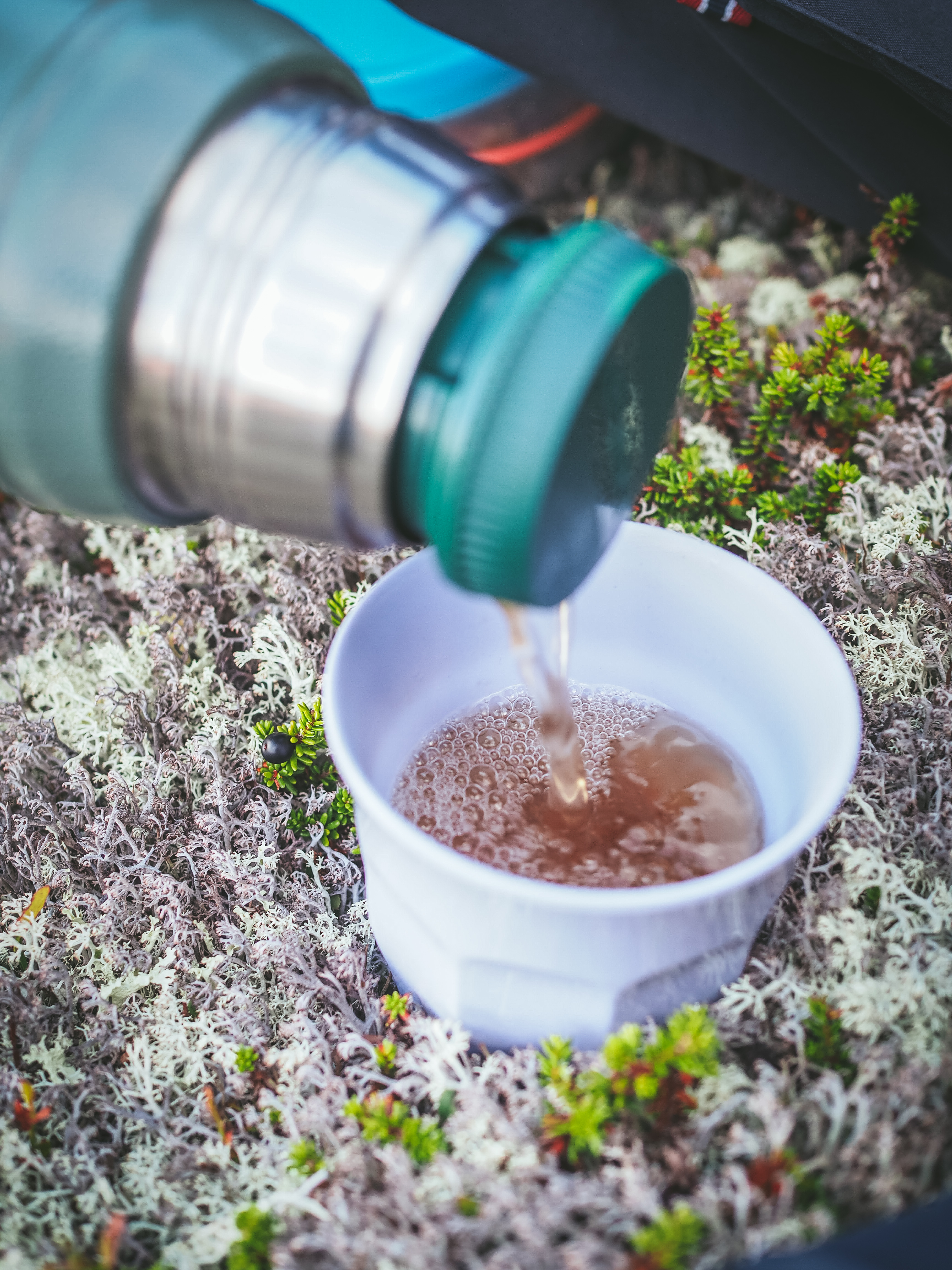
An online magazine once asked me to provide them with several healthy eating habits from Norway. To put it another way; to explain why Norwegians are so healthy. Since Norway ranks as one of the most healthy and happy countries in the world, lifestyle choices are often dissected to provide a greater understanding to why this is. Rather than sharing a list of eating habits, I prefer to think of these as approaches for a nourishing lifestyle that I have come by while living here in Norway. This list is by no means exhaustive, but should offer a good picture of how living in moderation and enjoying an active lifestyle outdoors is very much a part of the Norwegian culture.
1. Grains are engrained
It’s typical to eat a slice (or more) of bread with a topping for breakfast and lunch. Norwegians mostly opt for bread filled with whole grains, nuts and seeds, and made with hearty flours. Even the flatbreads are made to the brim with healthy goodness. While white bread is available, it’s not something you typically see people reaching for as their go-to-staple.
2. There’s no such thing as bad weather, only bad clothing (Det fins ikke dårlig vær, bare dårlige klær)
In Norway, you’ll be reminded of this national saying when you look out the window with slight hesitation and consider staying inside. The outdoors are meant to be enjoyed, rain or shine, which means an active lifestyle and lots of fresh, clean air.
3. Fish oil with breakfast and eating fish at least two times a week
Whether it’s straight from the bottle or in capsule form, fish oil is an important way to start the day. Norwegians begin this early on with kids developing a habit for taking in their daily dose of omega-3. Many Norwegians also eat their fair quantity of fish for their meals, it being on bread or as a dinner.
4. Gathering in nature is everyone’s right and a fun activity for all ages
In Norway, there’s the concept of allemannsretten (“every man’s right”), which is the right to use nature freely. Included in this tradition is the right to gather from the land. The main rule is to be respectful and careful of nature, as well as the people who might own the land and those who will come after to gather as well. People are free to pluck wild plants, flowers, bushes, and mushrooms. Wild nuts must be eaten on location and collecting tree sap requires permission from the landowner. Kids and adults partake in this pastime of gathering in the seasons, whether it’s just for a handful or to collect enough to last until the next season.
5. Balance is everything
You won’t pass up a waffle with jam and sour cream or a piece of mouthwatering cake with that coffee, nor should you. With so much physical activity and enjoyment outdoors, it’s encouraged to celebrate here and there with a treat and a good conversation.
6. Animals graze…everywhere
In the summer, farmers bring their animals to summer farms or fields to graze freely until the autumn. They eat various grasses and wild berries and spend their days in stress-free environments. As a result, the quality of the milk and meat is arguably some of the best in the world.
7. Norwegians look for sustainable solutions
Norway’s emphasis on interacting with nature in a sustainable and nurturing way has resulted in the incredible preservation of its natural resources. A good example of this is fish and seafood, with Norway being the second largest exporter in the world and known for its high quality. When you hear stories from local fisherman and divers, you begin to fully comprehend how deeply connected Norwegian culture is to its natural bounty and the care that goes into nurturing it.
8. Coffee is more than what’s in the cup
Norwegians love their coffee. While it has been calculated that Norwegians drink up to 5 cups of coffee a day, when someone invites you to take a coffee with them, it takes on a specific meaning of slowing down. Rather than a quick chat, it suggests that the coffee is a reason for setting aside time and having a good conversation with family, friends or colleagues. It’s not just what’s being served, but rather the moments that make up the experience.
9. A kitchen doesn’t need walls
While a lot of cooking is done in the home kitchen, a lot of cooking happens outside as well. A rugged landscape can easily be turned into an idyllic setting as nature evolves into a dynamic kitchen centered around an outdoor fire. This transformation is often referred to as bålkos, the atmosphere created by and around an outdoor fire, and what sets the tone and mood of the experience. A fire is more than just another method of cooking, but rather a way of being. With this type of mindset, the possibilities of cooking outside of four walls are endless.
10. Tradition is important
Recipes are passed down from generation to generation and often kept within the family. People still make traditional products from hand, like cured meats, flatbread, cheeses, and lefse, even though these are easily accessible to purchase. This preservation of older methods and recipes ensures the food culture is still rich with history and tradition. The knowledge that comes from making food by hand is powerful and it’s positive to see that more and more young people are wanting to engage in maintaining these types of recipes.
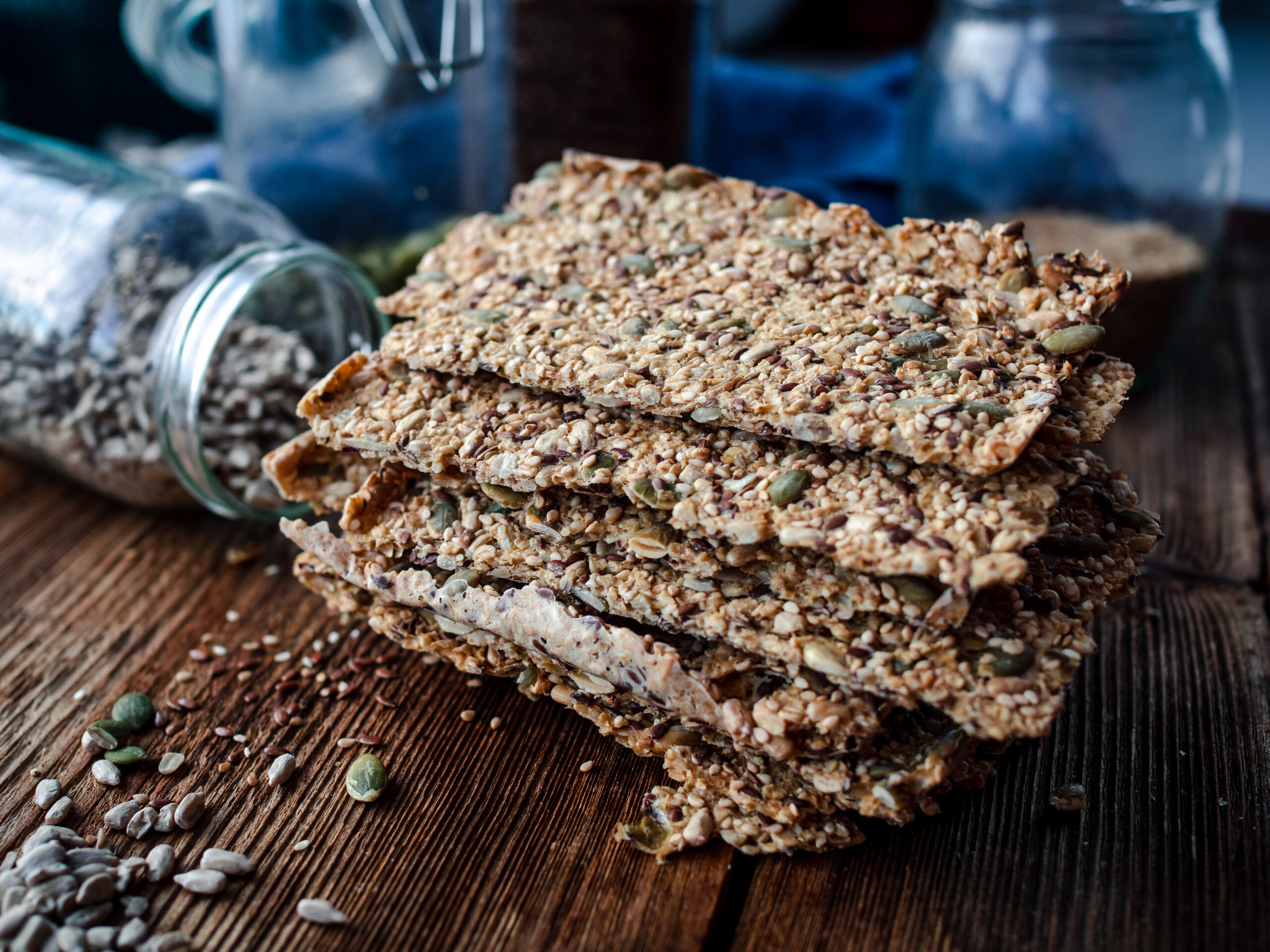
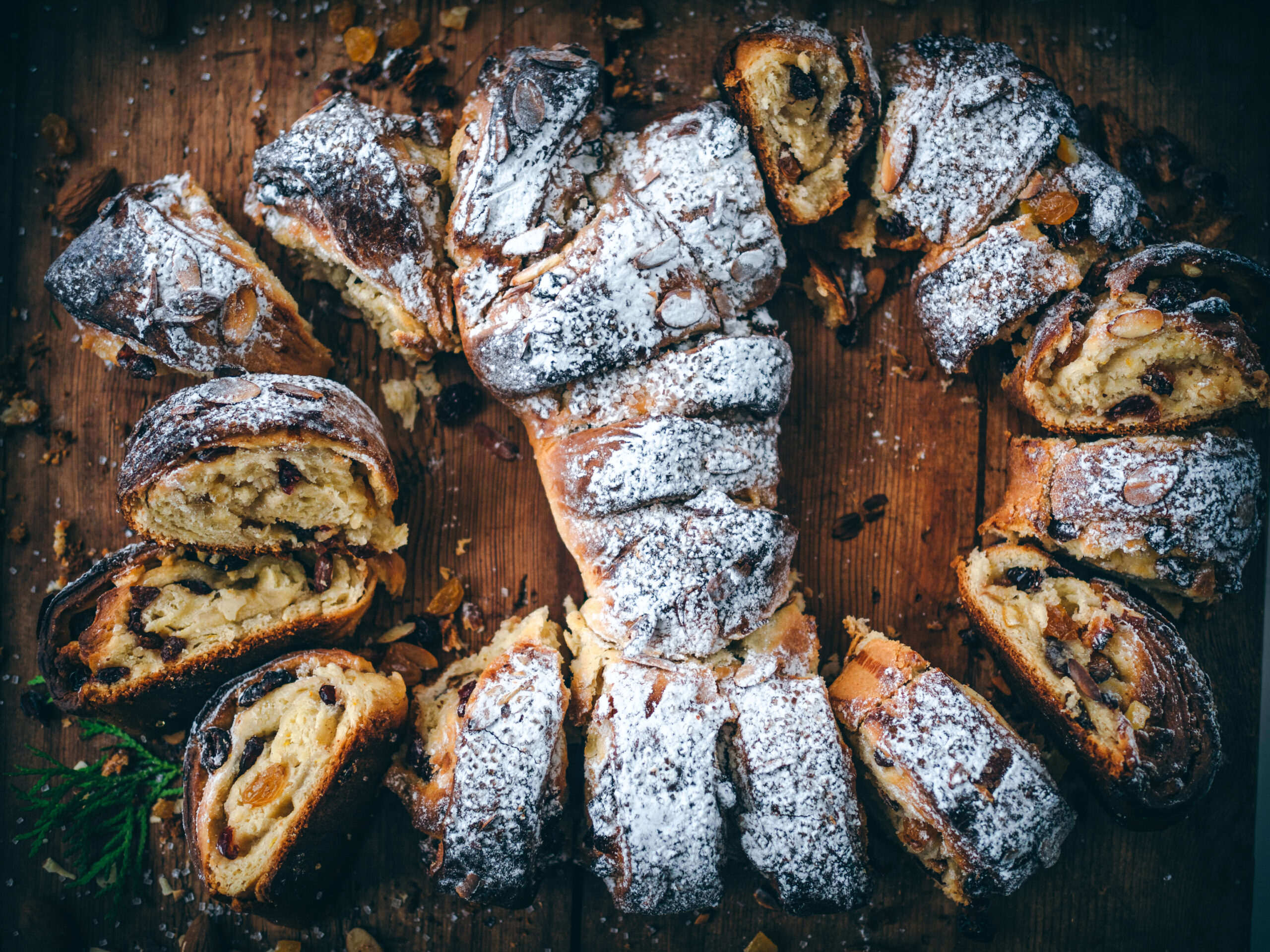
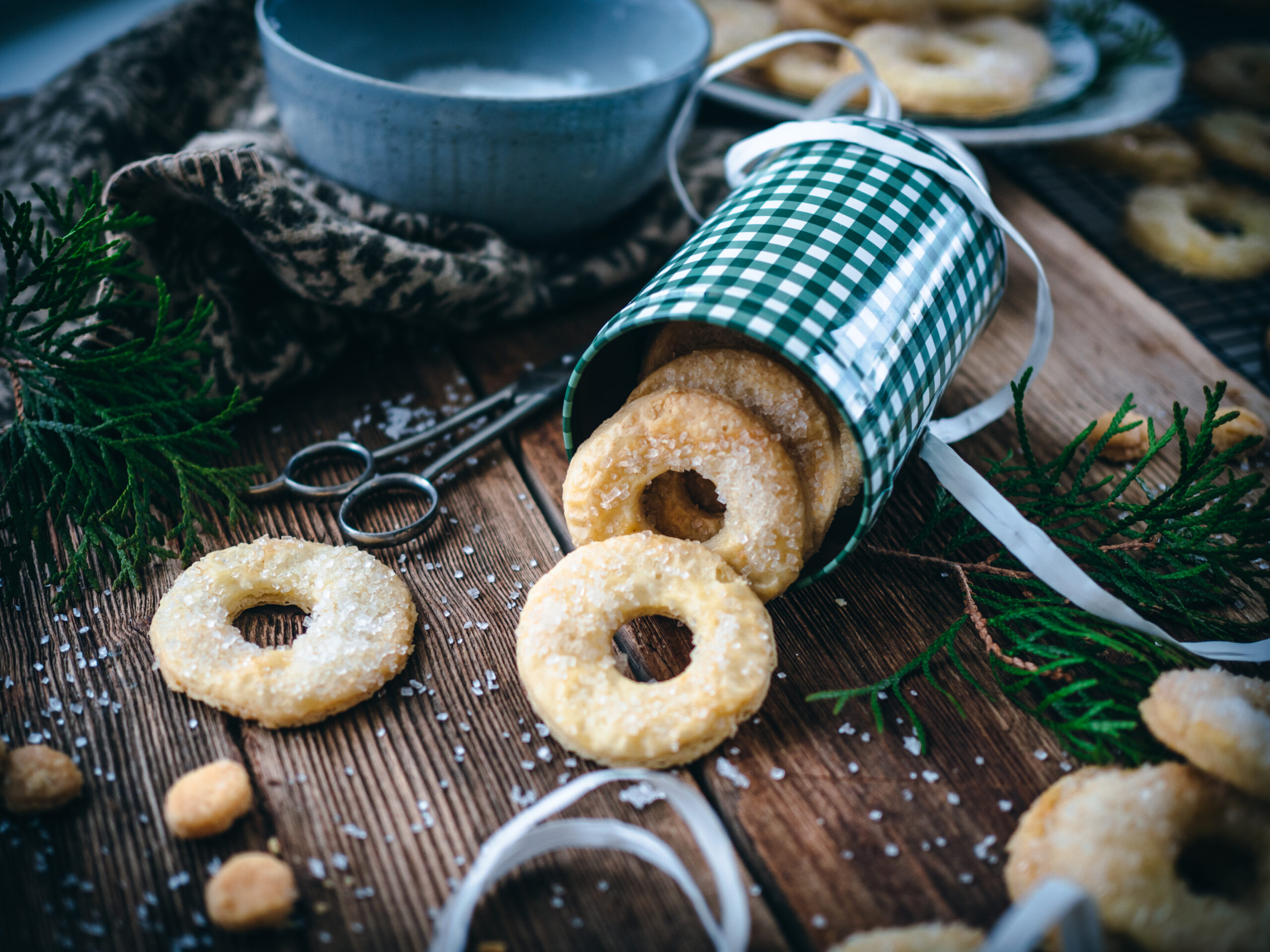
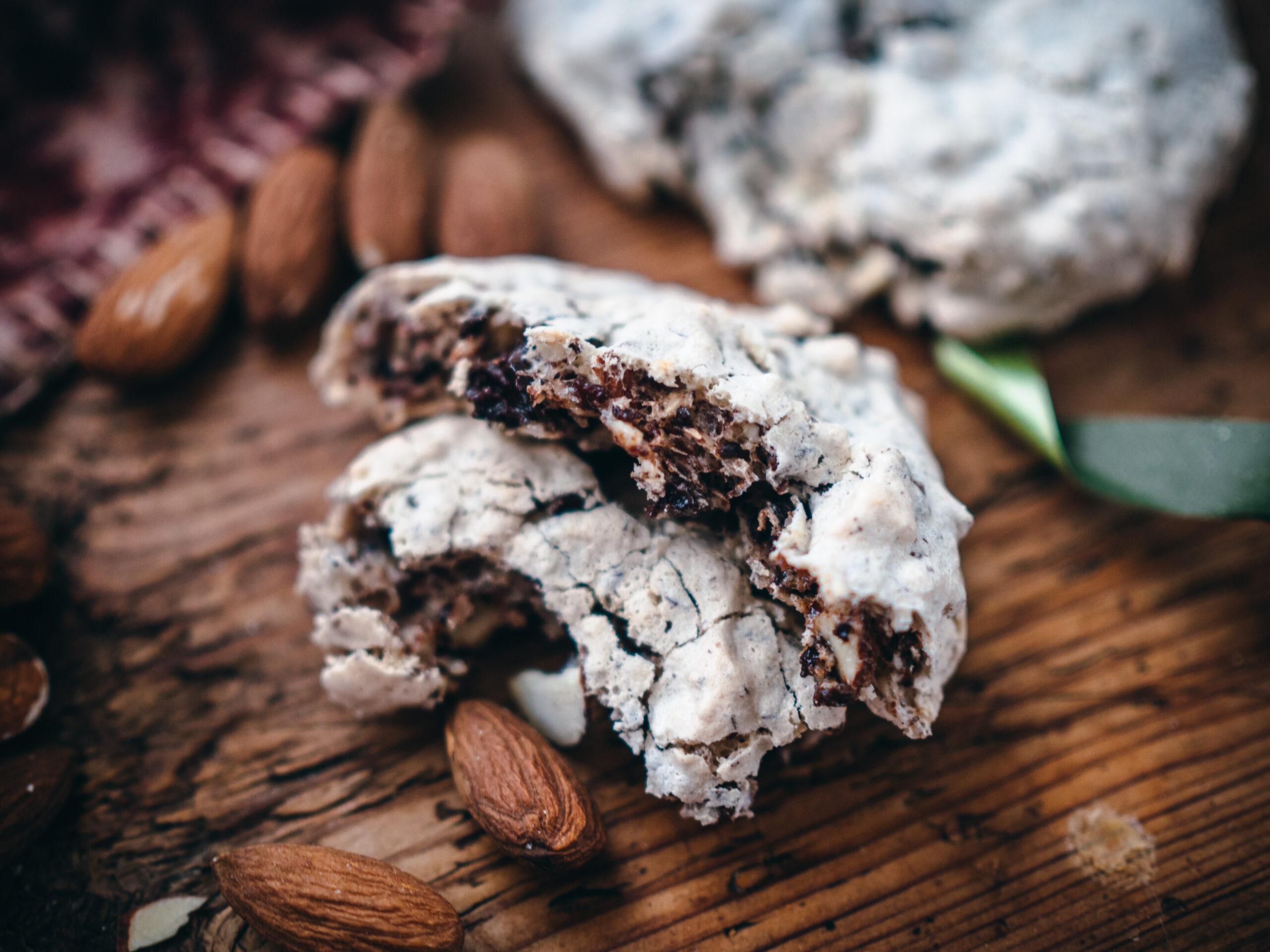
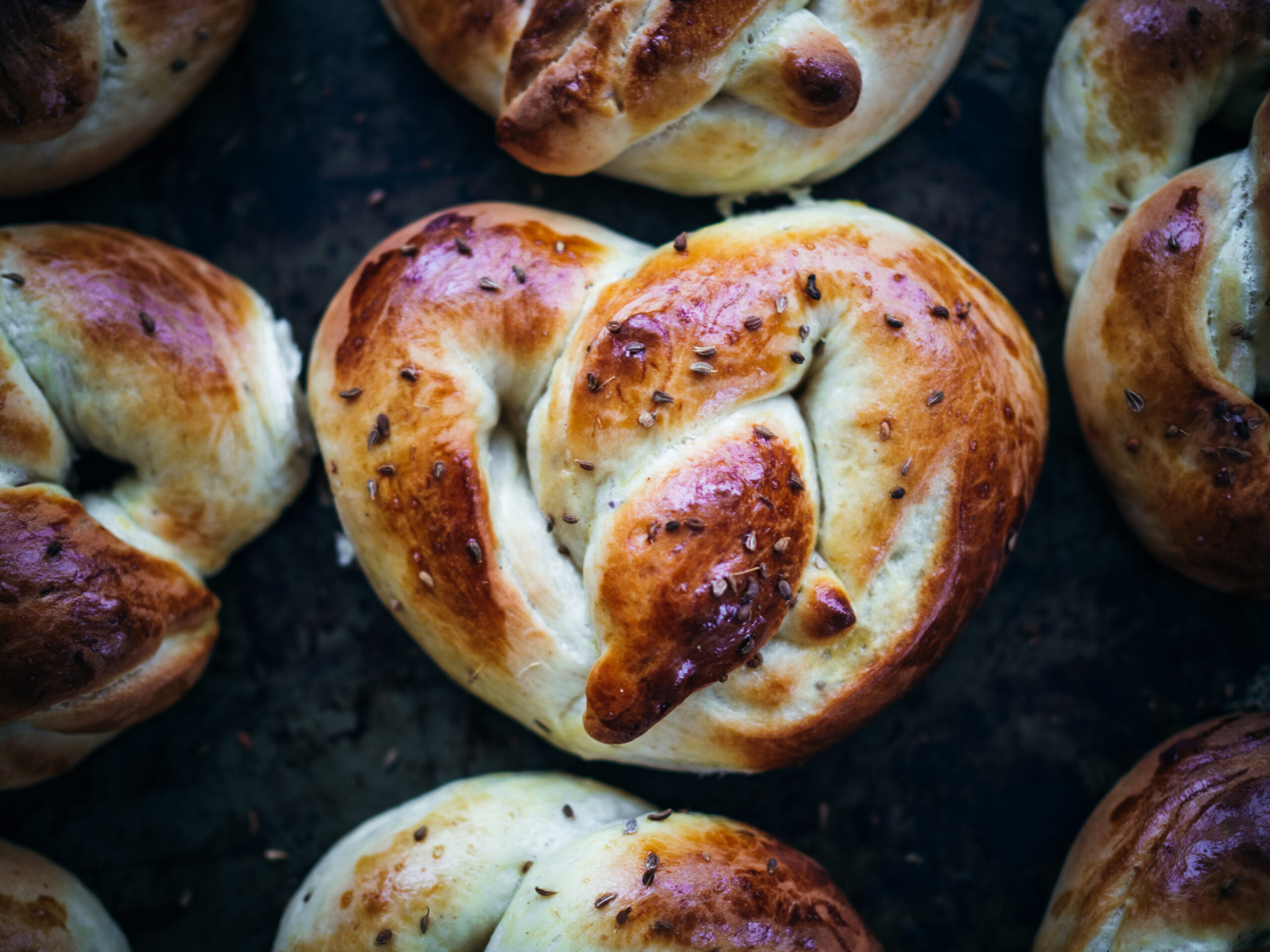
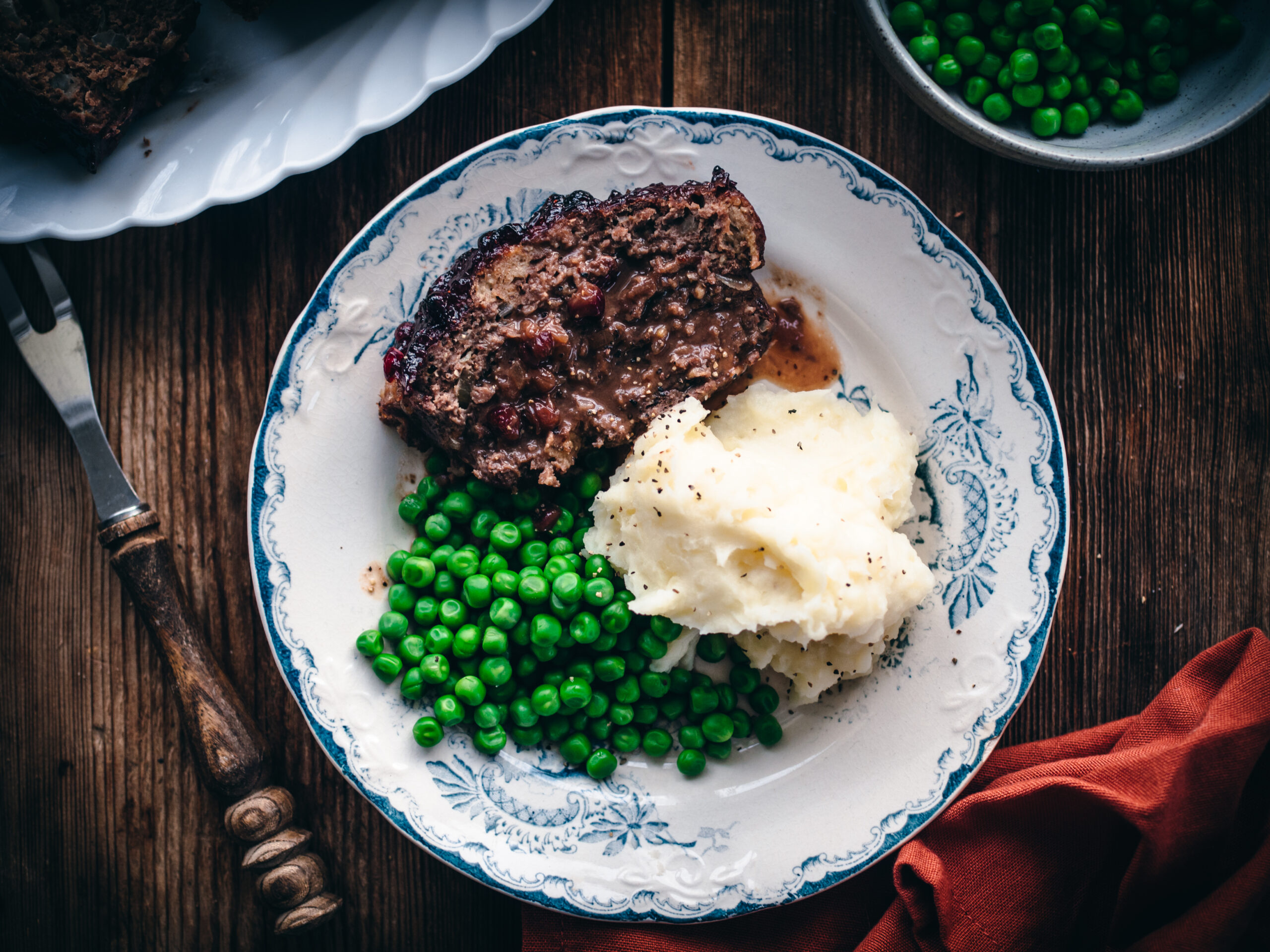
Add a comment